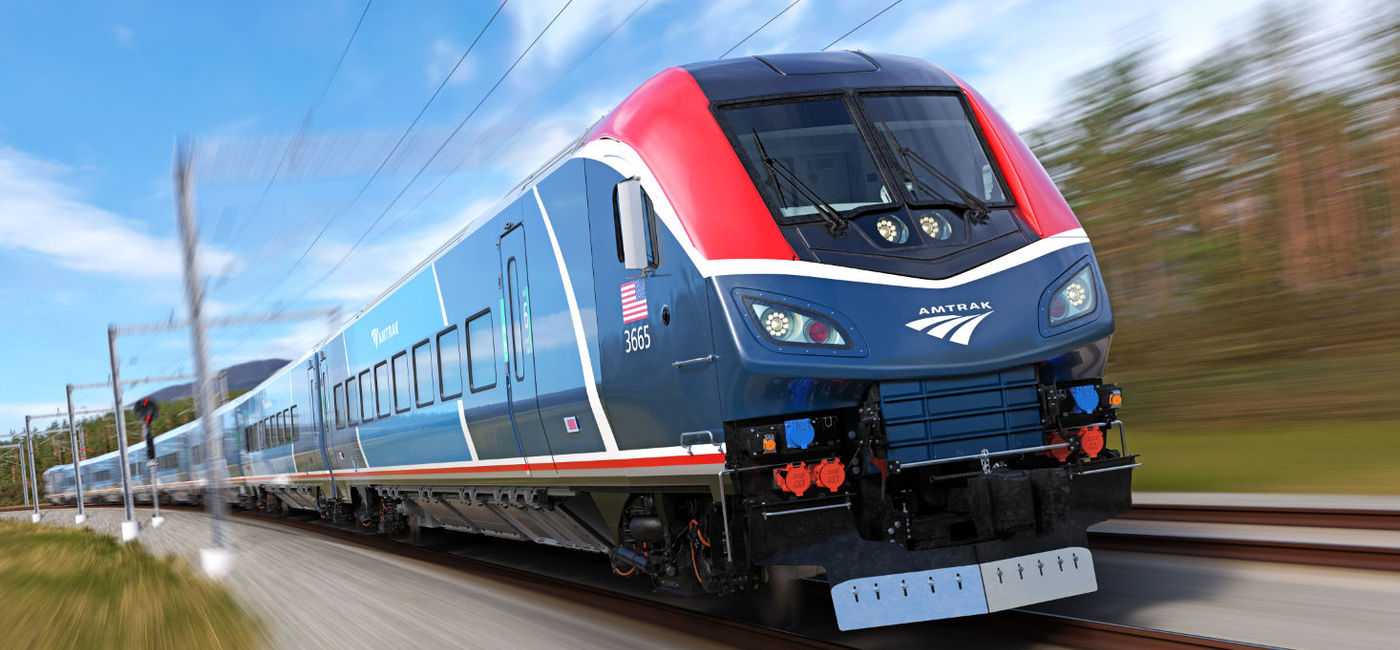Amtrak Seeks Input from Travelers on Accessibility for Long-Distance Train Travel

As Amtrak continues to plan to replace its long distance locomotives, it’s offering an opportunity for travelers with mobility disabilities to provide public feedback during an online and in-person event on Wednesday, August 30.
Amtrak officials will be taking comments on traveling with a mobility disability via train to make the process easier and more accessible for everyone.
The public can submit their feedback online or register to participate at the forum in-person or virtually on Amtrak’s website.
The meeting will be held from 10:00 a.m. to 2:00 p.m. ET on Wednesday, August 30 at the Hyatt Regency Washington on Capitol Hill in Washington, DC.
The public can register for in-person attendance online by August 25; virtual registration is available until the date of the event.
Amtrak is planning to go beyond the somewhat murky requirements of the Americans with Disabilities Act (ADA) in its new train designs: “…new train designs and technologies offer opportunities to deliver a better and more accessible experience to customers with mobility disabilities. Strict compliance with existing regulations hinder some of these new alternatives,” says the Amtrak website on the issue.
“After providing opportunities for the public to provide feedback, Amtrak will submit a request to the Federal Railroad Administration for approval to use alternative design standards that provide equal or better accessibility. This process is called ‘equivalent facilitation.’”
The direct compliance requirements of the ADA can be found on Amtrak’s website.
Many new train cars, subway systems and other modes of public transportation have been taking a new alternative to governmental requirements and going beyond them to promote accessibility across the world, though such methods have been lacking in the United States.
Tokyo’s public transit system, for example, is designed based upon the principles of “universal design,” and features seamless transitions onto subway cars and public buses, textured pathways for those with vision impairments and several other distinct changes that allow for greater accessibility.
